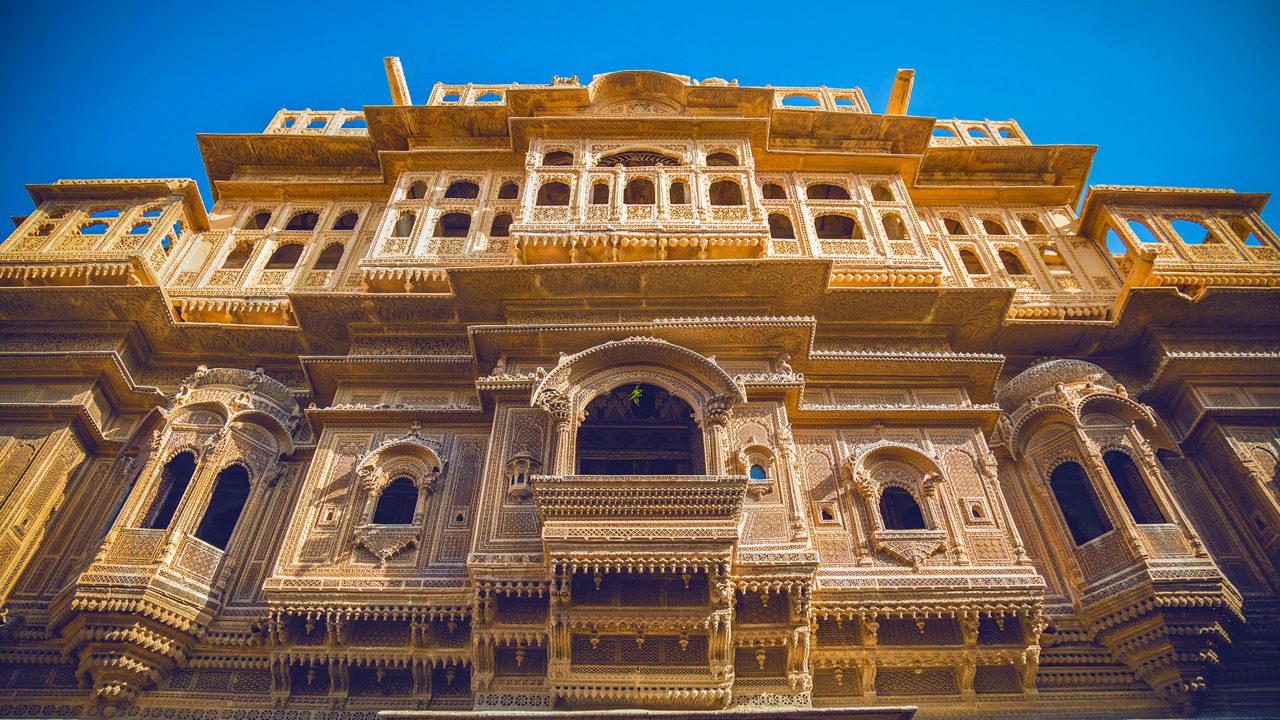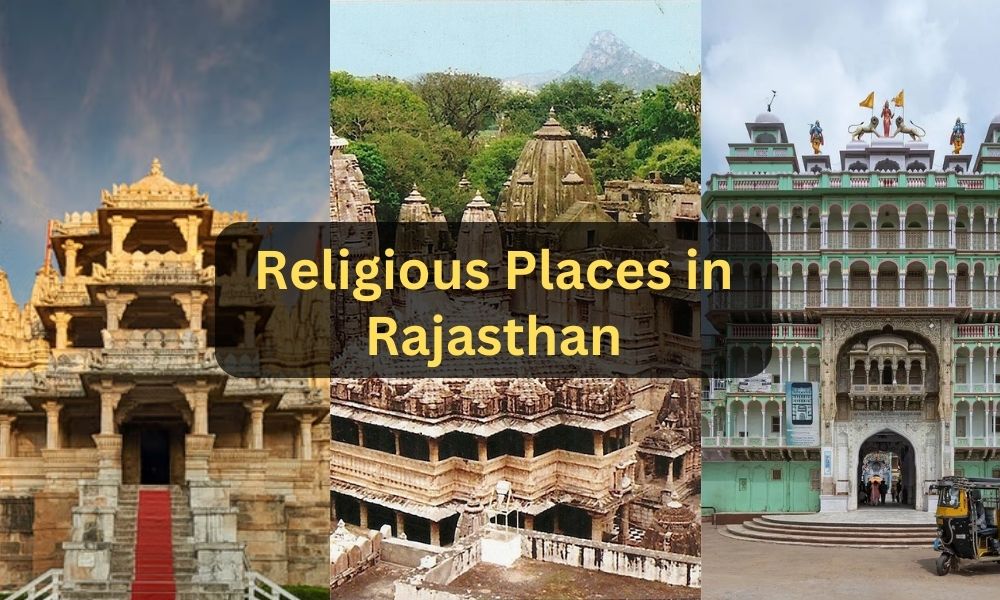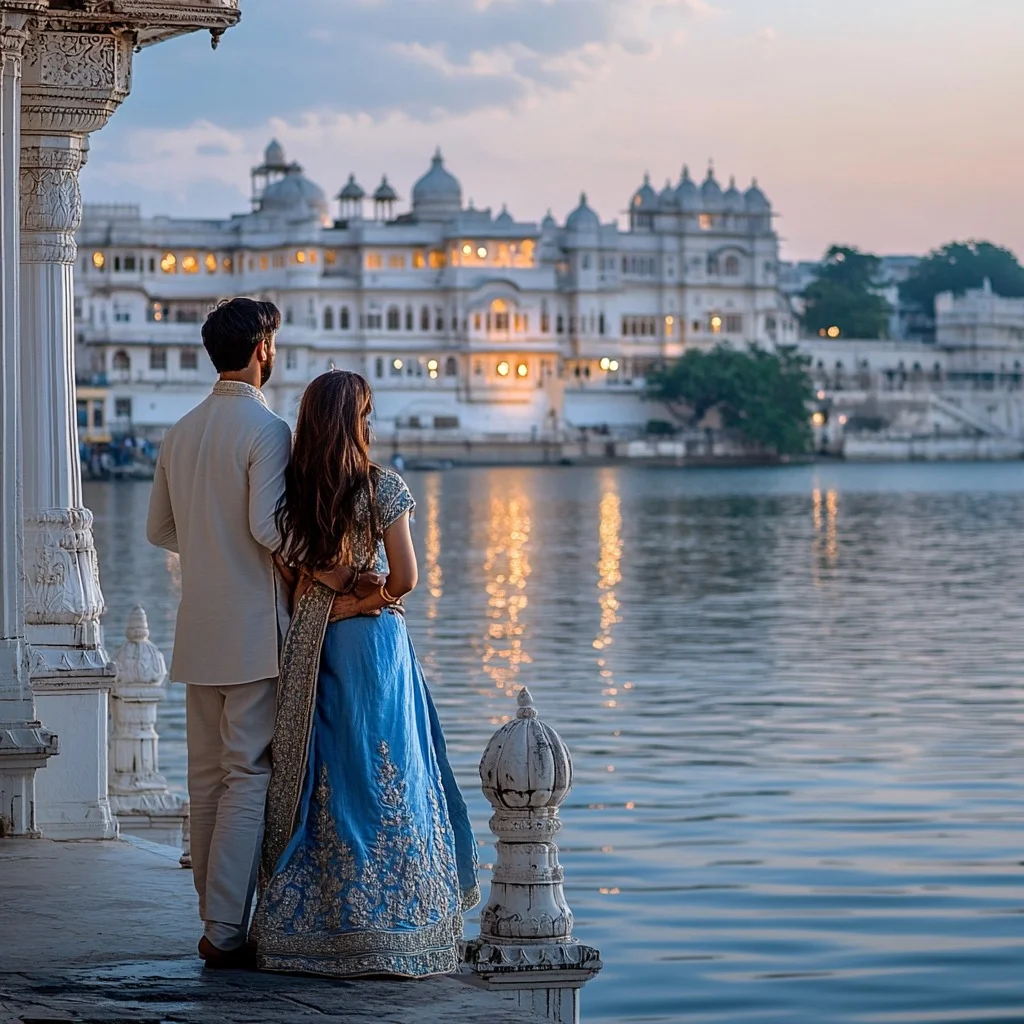Traditional Jaisalmer: Discovering the Culture Beyond the Sand Dunes

Introduction: Jaisalmer’s Cultural Identity
Jaisalmer, often called the Golden City of India, is famous for its mesmerizing sand dunes, grand forts, and royal havelis. However, beyond its desert landscapes, the city holds a deep-rooted cultural heritage that reflects the traditions, customs, and artistic legacy of Rajasthan. From its folk music and dance forms to its age-old craftsmanship and spiritual practices, Jaisalmer offers an authentic experience that goes far beyond the golden sands.
This article delves into the traditional aspects of Jaisalmer, showcasing its heritage, artistry, and timeless customs that continue to thrive in modern times.
The Art and Craft of Jaisalmer: A Legacy of Skill
Intricate Stone Carving and Architecture
Jaisalmer’s unique architectural style is one of its most defining cultural features. The city is known for its intricately carved temples, grand havelis, and historical forts, all built using the locally available yellow sandstone.
-
Jaisalmer Fort, one of the few living forts in the world, is a prime example of Rajasthani craftsmanship, featuring ornate balconies, lattice windows, and beautifully sculpted pillars.
-
The havelis of Jaisalmer, including Patwon Ki Haveli, Salim Singh Ki Haveli, and Nathmal Ki Haveli, showcase delicate stone carvings that reflect the artistic excellence of past generations.
These architectural marvels are not just historical landmarks but also symbols of the artistic heritage of Jaisalmer’s skilled artisans.
Handicrafts and Embroidery: Preserving Traditional Techniques
Jaisalmer is a treasure trove of handmade crafts, with artisans passing down their skills from one generation to the next. The city is known for:
-
Mirror work and embroidery – Colorful fabrics adorned with intricate embroidery, beadwork, and mirror embellishments.
-
Wood and leather crafts – Beautifully carved wooden artifacts and traditional camel leather bags, shoes, and belts.
-
Hand-painted textiles – Traditional Rajasthani bandhani (tie and dye) and block-printed fabrics that showcase vibrant colors and patterns.
These handicrafts are deeply woven into Jaisalmer’s cultural fabric, making them an essential part of the city’s identity.
Folk Music and Dance: The Heartbeat of Jaisalmer’s Culture
Manganiyar and Langa Music: The Melodic Soul of Rajasthan
Jaisalmer’s folk music has been kept alive by communities like the Manganiyars and Langas, whose musical traditions date back centuries. Their performances include:
-
Traditional Rajasthani instruments, such as the sarangi, khartal, dholak, and algoza, creating soulful tunes that narrate stories of love, valor, and devotion.
-
Epic ballads and folk songs, often sung in praise of Rajput warriors, desert landscapes, and Sufi saints.
These musical traditions are a living testament to Rajasthan’s rich storytelling culture, offering visitors a chance to experience authentic desert melodies.
Kalbelia and Ghoomar: Dance Forms Rooted in Tradition
Dance plays a crucial role in Jaisalmer’s cultural landscape, with two primary dance forms standing out:
-
Kalbelia Dance – Performed by the Kalbelia tribe, this mesmerizing dance involves graceful serpent-like movements, reflecting the community’s historical association with snake charmers.
-
Ghoomar Dance – A traditional Rajasthani dance where women, dressed in vibrant ghagras (skirts), twirl rhythmically to the beats of folk music.
These dance performances are not just entertainment; they are an expression of Rajasthan’s deep cultural roots and artistic excellence.
Religious and Spiritual Traditions of Jaisalmer
Jain Temples: Architectural Wonders with Spiritual Significance
Jaisalmer is home to some of the most beautifully carved Jain temples, located within the Jaisalmer Fort. These temples, dating back to the 12th and 15th centuries, are dedicated to Tirthankaras (Jain spiritual teachers) and are significant pilgrimage sites.
-
The temples are known for their detailed stone carvings, exquisite sculptures, and intricate ceilings that reflect the grandeur of Jain architecture.
-
Chandraprabhu Temple and Parsvanath Temple are two of the most prominent Jain temples in Jaisalmer, drawing devotees and history enthusiasts alike.
These religious sites stand as symbols of devotion and artistic brilliance, showcasing Rajasthan’s deep-rooted spiritual traditions.
Folk Deities and Local Rituals
Jaisalmer’s culture is also shaped by its belief in folk deities, who are deeply revered by the local communities. Some of the most worshipped deities include:
-
Baba Ramdev – A spiritual figure associated with miracles and worshipped by both Hindus and Muslims.
-
Tanot Mata Temple – Located near the India-Pakistan border, this temple is believed to have protected soldiers during the Indo-Pak wars, making it a site of faith and patriotism.
Local festivals and temple rituals continue to preserve these age-old traditions, offering a deeper understanding of Rajasthan’s religious landscape.
Desert Lifestyle: The Cultural Backbone of Jaisalmer
Nomadic Tribes and Their Traditions
Jaisalmer is home to several nomadic and semi-nomadic communities, including the Bhils, Bishnois, and Raikas, who have lived in harmony with the Thar Desert for generations.
-
The Bishnoi Community is known for its deep commitment to nature conservation and wildlife protection.
-
The Raika Community, historically associated with camel breeding, plays a crucial role in preserving Rajasthan’s camel culture and traditional pastoral lifestyle.
These communities provide insight into the sustainable living practices that have allowed Rajasthan’s desert cultures to thrive for centuries.
Traditional Desert Cuisine
Rajasthani cuisine reflects the climatic conditions and resourcefulness of desert life. Some traditional dishes include:
-
Dal Baati Churma – A classic Rajasthani dish consisting of lentil curry, baked wheat dumplings, and sweetened crushed wheat.
-
Ker Sangri – A unique dish made from desert beans and berries, cooked with traditional spices.
-
Gatte Ki Sabzi – A flavorful dish made from gram flour dumplings in a yogurt-based curry.
These dishes not only provide a taste of Jaisalmer’s heritage but also highlight the culinary ingenuity of Rajasthan’s people.
Experiencing Traditional Jaisalmer Firsthand
For visitors looking to immerse themselves in Jaisalmer’s culture, staying in a Desert Camp in Jaisalmer offers a unique opportunity to witness local traditions up close. Desert Camp in Jaisalmer accommodations provide an authentic experience of desert life, complete with folk music, traditional dance performances, and Rajasthani cuisine.
For those seeking a more luxurious experience, a stay in a Luxury Tent in Jaisalmer combines comfort with cultural authenticity, offering the perfect blend of heritage and hospitality. You can find a Luxury Tent in Jaisalmer to enjoy a tranquil escape in the heart of Rajasthan.
Conclusion: A Cultural Tapestry Beyond the Sand Dunes
Jaisalmer is much more than its iconic sand dunes—it is a city where centuries-old traditions, artistic excellence, and vibrant cultural expressions continue to thrive. Whether it’s through its music, dance, architecture, spiritual sites, or nomadic lifestyles, Jaisalmer offers an authentic glimpse into Rajasthan’s timeless heritage.
Exploring the traditional aspects of Jaisalmer allows travelers to step back in time and experience the living history of Rajasthan, making it a destination that goes far beyond the golden sands.







